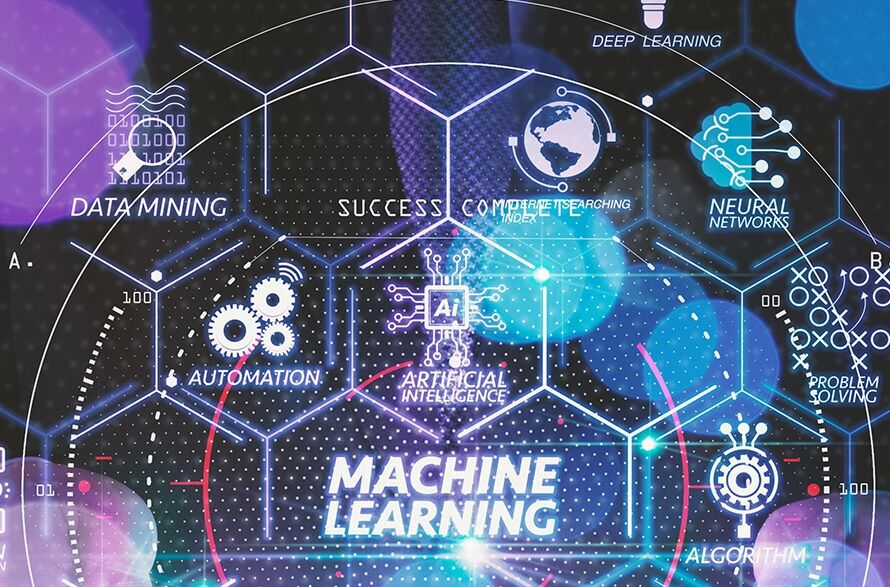For decades, the financial services organizations have relied on technology to support decision-making. From spreadsheets to sophisticated analytics, we’ve always looked at technology as a co-pilot—assisting, guiding, and augmenting human expertise. From Big Data to AI to ML to Generative AI, the role of technology gas expanded from simple automation to cognitive intelligence, and what started as a backend analytics tool has now evolved into a core driver of financial transformation.
Beginning of a New Era
But what if AI could do more? What if AI could not just assist but act? What if it could move from being a smart tool to an autonomous agent, executing complex financial decisions with speed, accuracy, and adaptability. The industry is at an inflection point. Generative AI is no longer just about chatbots or automated reports—it’s about AI-first decision-making, where AI doesn’t just assist but leads. This is the transition from Co-Pilot to Autopilot.
In this blog, we will explore how Generative AI has impacted multiple facets of the organizational, especially focussing on three key areas.
The AI Spectrum: From Query to Automation
The evolution of Gen AI followed a structured progression.
- At its core, Generative AI began as a sophisticated query tool ((Co-Pilot Mode), enhancing information retrieval, summarization and insight extraction. This was highly useful since the companies and the employees could not access any information at moment’s notice. At this stage, though Gen AI enhances productivity, it remains heavily reliant on human intervention for execution.
As the technology evolved, it moved beyond passive querying to actively suggesting decisions based on real-time data and predictive analytics (for example Underwriter CoPilot, which can assess the customer risk and provide policy issuance recommendations). At this stage, AI is collaborating with humans, serving as an intelligent decision support system.
With further enhancements in capabilities, enterprises are now adopting multi-agent AI architectures which allows Gen AI models to independently execute decisions with minimal human oversight. For example, a Digital Twin of a Relationship Manager which can monitor client portfolios, predict client needs, and manage future investment goals. At this stage, AI takes full control over complex processes, with minimal human intervention.
Evolution of Interfaces: How Applications Will Change
As the technology matures from augmentation to automation, the enterprise applications are also undergoing a radical transformation.
Most applications today operate in a hybrid mode where AI enhances some of the workflows, however, does not directly control them. These applications maintain a structured user interface.
As the technology is progressing, the applications will become autonomous, intent-driven and proactive, requiring minimal human interventions – AI will anticipate, analyze and act.
The applications will shift from AI-Infused to AI-First, eliminating workflow bottlenecks, transitioning from static and manual processes to dynamic and self-operating decision systems.
The Business Impact – Why AI-First Enterprises will Win
The financial services industry is at the threshold of an AI revolution, and enterprises that embrace this transformation will redefine the market and set the industry benchmark for the next decade. AI-first enterprises will reduce decision turnaround times, optimize costs, and unlock unprecedented levels of efficiency and personalization.
Businesses that integrate AI-driven automation will experience
- Exponential growth – accelerate business expansion and revenue generation
- Enhanced agility – adapt instantly to market changes and customer demands
- Superior customer engagement – deliver hyper-personalized interactions at scale
This is not just an evolution—it’s a paradigm shift that will determine the leaders of tomorrow. The question isn’t whether enterprises should adopt AI, but how quickly they can transition to an AI-first future. At LUMIQ, we are pioneering this evolution by enabling our customers build a framework that can deliver tangible business impact with Generative AI.


Dive into this transformative journey with us, and let’s shape the marketing narratives of tomorrow, together. Contact us at [email protected] to know more details.





